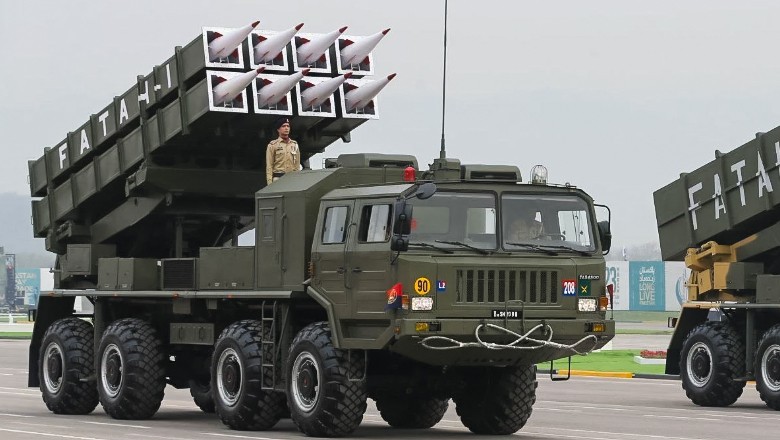A Fragile Ceasefire Amid Escalating Tensions
After partition of 1947 these two nations always stay hot spot on world’s map. Continuing there traditions. Again in May 2025, the longstanding rivalry between India and Pakistan reached a critical juncture. A deadly attack on April 22 in Pahalgam, Indian-administered Kashmir, resulted in the deaths of 28 Indian tourists. India attributed the attack to Pakistan-backed militants, without providing any evidence and igniting a series of military escalations
Things start escalating very fast and on May 7, India launched “Operation Sindoor,” targeting alleged terrorist infrastructure on multiple locations in different cities of Pakistan and Pakistan-administered Kashmir.
India utilizes French-made Rafale jets equipped with long-range glide SCALP missiles and AASM Hammer bombs; the operation aimed at nine locations, including Bahawalpur, Muridke, and Muzaffarabad. India reported the elimination of over 100 militants in targeted locations with little or no collateral damage, However, Pakistan claimed civilian casualties and the downing of five Indian jets. But these claims are still not verified by any Indian official, and there is also no physical evidence of these claims until now. All internal media media not confirmed any of these claims made by the Pakistan Air Force. More will be unfolded as the war will more progresses.
Pakistan’s Response: Operation Bunyan al-Marsus

After all these missile attacks inside Pakistan’s territory by India. Pakistan vows revenge of its innocent civilian casualties. In retaliation, Pakistan initiated “Operation Bunyan al-Marsus” early morning on May 10 at around, conducting drone and missile strikes across various Indian cities, including New Delhi. This marked the first instance of a UAV war between two nuclear-armed nations for a short period. Pakistan reported shooting down 77 Indian drones in border area and capital territory near civilian population, while India claimed to intercept multiple Pakistani missiles using the Russian-made S-400 air defense system actively used by the Indian army and Indian air force.
A Fragile Ceasefire
Amid escalating tensions, a U.S.president Donald trump-brokered ceasefire in both nations and ceasefire was announced on May 10. However, within hours, both nations accused each other of violating the agreement. Explosions were reported in Srinagar, and drone sightings continued, undermining the truce.
Analysis: The Path Forward
The recent events underscore the volatility of India-Pakistan relations, particularly concerning the disputed Kashmir region. While international mediation has temporarily halted direct confrontations, the underlying issues remain unresolved. Sustainable peace requires addressing the root causes of conflict, fostering dialogue, and building mutual trust.For long lasting peace both countries need to solve Kashmir issue by the will of Kashmiri people.Confrontation in nuclear armed neighbour is very dangerous and can escalate in all out war.Way to peace is hard but its safe for all mankind.
Conclusion
The 2025 standoff serves as a stark reminder of the fragile peace between India and Pakistan. As both nations navigate this delicate period, the international community’s role in facilitating dialogue and ensuring accountability becomes ever more critical.
Note: This blog post is based on information available as of May 11, 2025. For the latest updates, please refer to reputable news sources.